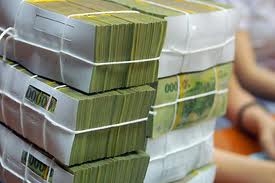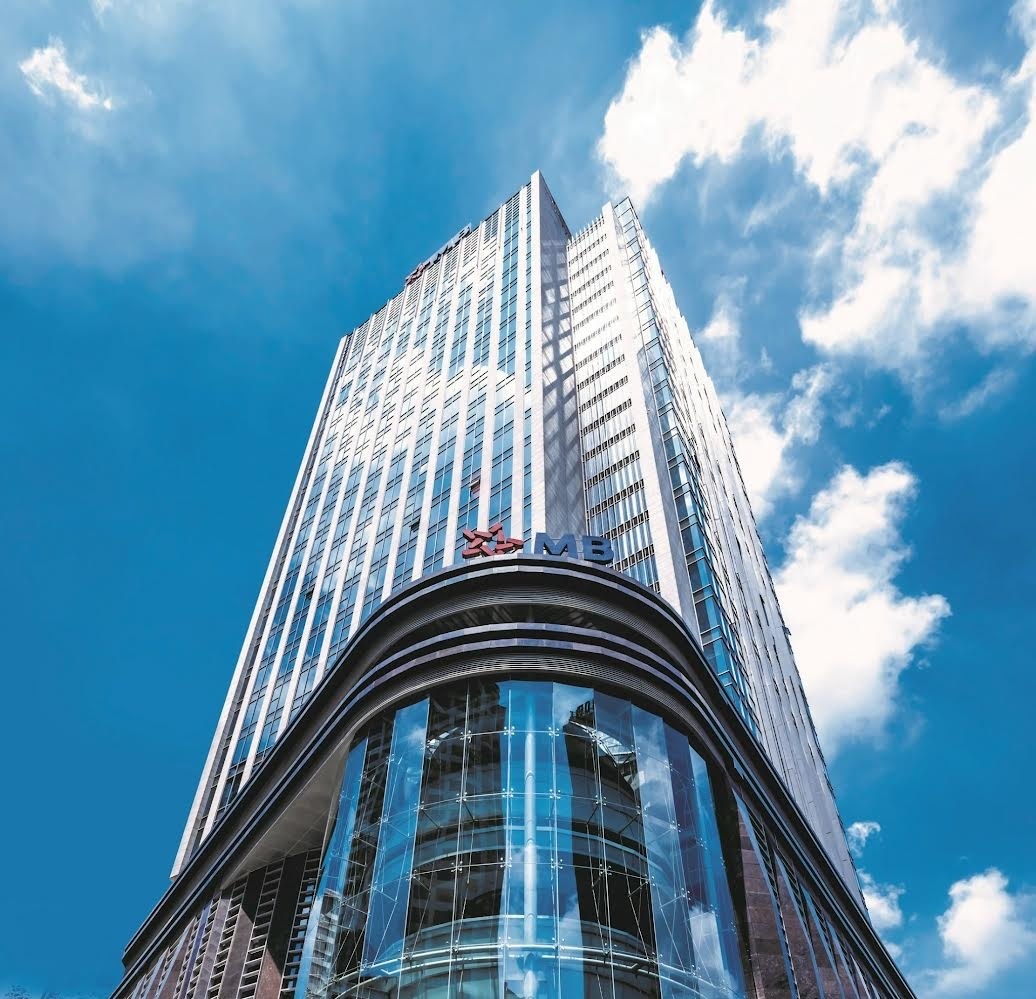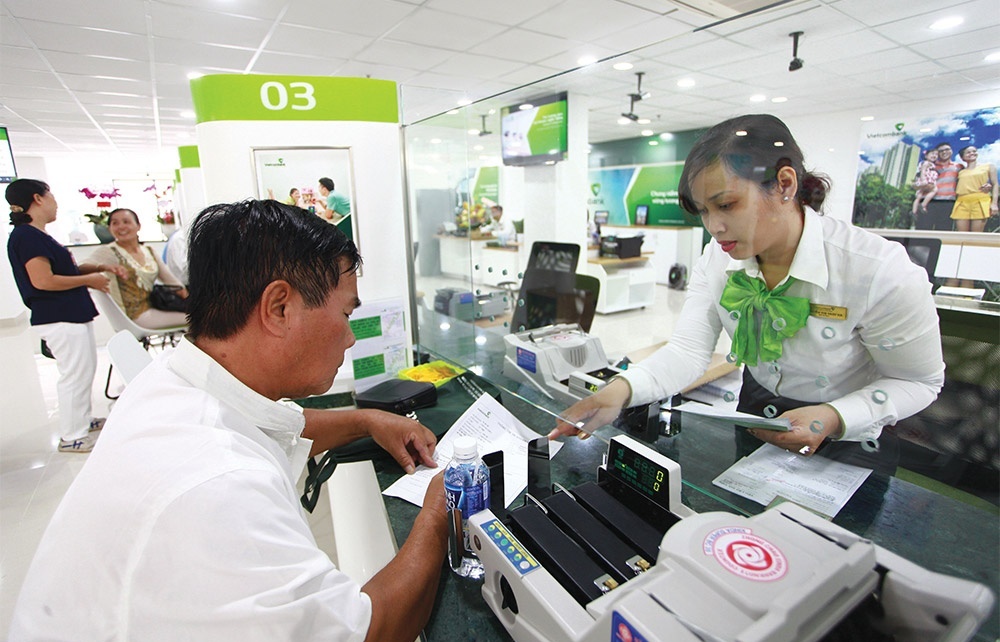Getting to the bottom of a big banking question
 Banks’ rate hike race is expanding since more banks have taken the move to scale up mobilising rate to 13 per cent per year to long-term loans.
Banks’ rate hike race is expanding since more banks have taken the move to scale up mobilising rate to 13 per cent per year to long-term loans.
As of September 7, the whole banking system credit growth stood modest at 1.82 per cent. The question is what is behind banks’ current thirst for capital?
Senior economic expert Pham Do Chi assumed banks’ capital had mainly flowed into businesses owned by their major shareholders. That was why scores of firms had difficulty getting loans.
According to the deputy director general of a Hanoi commercial joint stock bank the practice was even more critical than what was reflected by the media.
Economic expert Dr. Nguyen Dai Lai proposed the State Bank (SBV) needed to shortly take measures to abolish cross-ownership between firms and banks and take iron hands towards these violations.
Lai argued banks doing a bad job with financial management should be dissolved and the liquidated amount be used to protect depositors and shareholders interests besides to support from Deposit Insurance of Vietnam.
Economists suggested the SBV introduce regulations compelling credit institutions to list on the stock market to enhance transparency deterring them from pumping money into shareholders’ firms.
Shedding some light on why banks hiked mobilising versus limited lending Orient Commercial Bank (OCB) deputy general director Pham Linh said stricter lending requirements in the inter-bank market after enforcement of SBV’s Circular 21/2012/TT-NHNN from September 1, 2012 led to banks taking the move.
Under Circular 21, borrowers must not have overdue debts from 10 days or more for interbank transactions at the time of the transaction.
Experts had attributed banks’ on-going rate hike to their poor liquidity. Bad debts are like a magnet to absorb banks’ mobilised capital which was believed by experts mainly being used for loan roll-overs.
The explanation was considered ‘reasonable’ since central bank, albeit admitted banks’ non-performing loans surpassing VND200 trillion ($9.5 billion), still failed to give out any concrete treatment scheme.
Eximbank’s general director Truong Van Phuoc supposed many firms did not use bank loans for production and trading needs but for loan roll-overs in reality.
“Despite modest credit growth current outstanding loan amount at banks tantamount to 125 per cent of the GDP shows two scenarios, bank customer loans have yet to reach maturity or bank customers fail in debt repayment with the later more convincing,” said Dr. Nguyen Dai Lai.
“The rate hike race stopped only when banks could not sustain any more losses,” said HSBC Vietnam deputy general director Pham Hoang Hai, adding that many banks kept considering deposit a substantial component in their asset table.
What the stars mean:
★ Poor ★ ★ Promising ★★★ Good ★★★★ Very good ★★★★★ Exceptional
Related Contents
Latest News
More News
- The promotion of ESG via banking (November 21, 2024 | 09:32)
- Standard Chartered committed to Vietnam’s financial success (November 21, 2024 | 09:24)
- Full ESG adoption the priority for Agribank (November 21, 2024 | 09:07)
- Banks entice youth with tech advances (November 21, 2024 | 08:00)
- Banks shaping the future as business advisors (November 20, 2024 | 21:00)
- ESG represents a shift towards sustainability for banks (November 20, 2024 | 13:00)
- GGGI supports Vietcombank’s debut of $80 million green bonds (November 20, 2024 | 11:20)
- SHB and the ESG journey: creating social value in every step (November 19, 2024 | 15:00)
- Banking sector contributes to ESG, green growth, and sustainable development (November 19, 2024 | 14:42)
- ESG implementation in banking: from awareness to action (November 19, 2024 | 12:08)




 Tag:
Tag:




















 Mobile Version
Mobile Version